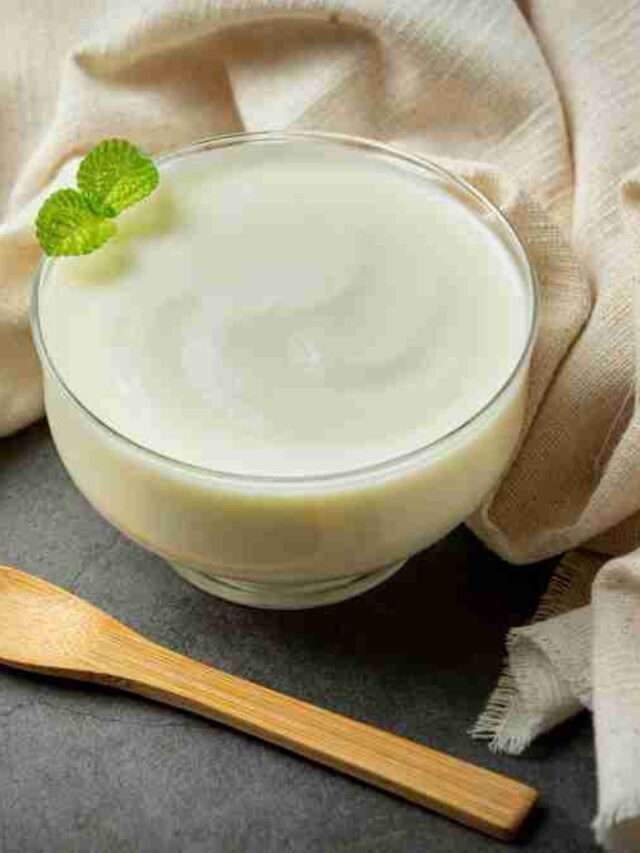What are benefits of Ragi (Finger Millet)?
In the field of nutritious cereals, the term “Ragi (Finger Millet)” is often used, which is commonly known as finger millet. This simple grain, with its incredible health benefits, has been a staple in many cultures for centuries. In this exploration, we will delve into the unique properties of ragi, its nutritional potential, and its role in promoting a healthy lifestyle.
II. The Nutritional Value of Ragi (Finger Millet)
1. Packed with Essential Nutrients
Ragi isn’t your average grain. It’s a nutritional powerhouse loaded with essential nutrients. It’s a rich source of calcium, making it a boon for bone health. Moreover, it’s abundant in iron, making it a valuable resource in combating anemia.
2. Dietary Fiber and Weight Management
The high dietary fiber content in Ragi contributes to its role in promoting weight management. It keeps you feeling full for longer periods, curbing unnecessary cravings and aiding in weight control.
3.Natural Weight Loss Agent
Ragi contributes to a feeling of satiety, steady energy and improved digestion. Its slow carbohydrate digestion helps regulate blood sugar levels, reduce cravings and promote portion control. By adding ragi to your diet, you harness its natural benefits to support your weight loss journey in a nutritious and satisfying way.
4.Ragi (Finger Millet) has loads of Calcium
Ragi, also known as Finger Millet, is indeed a fantastic source of calcium. It contains a notably higher amount of calcium compared to other grains, making it an excellent choice for maintaining strong bones and teeth. Incorporating Ragi into your diet can help fulfill your body’s calcium needs naturally, supporting your overall bone health.
5.Ragi (Finger Millet) contains High Protein
Recognized as finger millet, Ragi shines as a high-protein grain, making it an appealing choice for those pursuing protein-rich dietary options. Within its composition lie essential amino acids, bolstering its protein content. This protein infusion serves a dual purpose: nurturing muscle upkeep and growth, while also fostering sensations of fullness that play a pivotal role in weight management. Embracing Ragi (Finger Millet) in your dietary regimen means embracing a wholesome and nourishing source of plant-based protein.
Health Benefits of Ragi (Finger Millet)
Ragi, or Finger Millet, offers a range of health benefits that extend its appeal. It has a low glycemic index, assisting in managing blood sugar levels and reducing the risk of sudden spikes. Ragi’s high dietary fiber content promotes better digestion and helps alleviate constipation.
Additionally, it is known for its cooling effect on the body, making it an excellent choice during hot weather. Its potential to support weight loss, regulate blood sugar, and promote overall well-being underscores its significance as a holistic health resource.
- Diabetes Management: Ragi’s low glycemic index and complex carbohydrates play a crucial role in regulating blood sugar levels, rendering it an optimal option for individuals dealing with diabetes. Its gradual digestion mechanism effectively prevents abrupt surges in blood sugar, thereby enhancing glycemic control.
- Weight Management: Ragi’s high dietary fiber content contributes to feelings of fullness and satiety, aiding in weight management. It curbs unnecessary cravings and promotes controlled calorie intake, making it an ally in weight loss journeys.
- Bone Health: Ragi is rich in calcium, an essential mineral for maintaining strong bones and teeth. It also contains other bone-supporting nutrients like magnesium and phosphorus, contributing to overall skeletal health.
- Digestive Health: The fiber present in Ragi actively supports healthy digestion by stimulating regular bowel movements and preventing the occurrence of constipation. A well-operating digestive system plays a pivotal role in facilitating the absorption of nutrients and contributing to overall well-being.
- Anemia Prevention: Anemia, a condition characterized by a deficiency of red blood cells or hemoglobin, can lead to fatigue and reduced oxygen transport in the body. Ragi, also known as Finger Millet, emerges as a potential ally in preventing anemia due to its iron-rich content. Iron is a key component in red blood cell production, aiding in the delivery of oxygen to cells and tissues. By incorporating Ragi into your diet, you can contribute to maintaining healthy hemoglobin levels and reducing the risk of anemia.
- Cooling Effect: In traditional Indian medicine, experts consider Ragi to exert a cooling effect on the body, and they frequently recommend its consumption during hot weather. This practice aims to balance body temperature and preempt any discomfort arising from excessive heat.
READ MORE:Health Benefits of Ginger: Nature’s Powerful Spice
- Gluten-Free Option: Ragi is naturally gluten-free, making it a safe choice for individuals with gluten sensitivities or celiac disease. raagi act as an alternative to gluten-containing grains.
- Heart Health: The fiber and antioxidants in Ragi can contribute to heart health by reducing cholesterol levels and promoting overall cardiovascular well-being.
- Nutrient Density: Ragi is packed with essential nutrients like vitamins (B-complex vitamins), minerals (calcium, iron, magnesium), and antioxidants, offering a wide range of health benefits beyond its calorie content.
- Versatile Culinary Uses: Ragi can be used in various dishes, from porridges and pancakes to baked goods and snacks. Its adaptability makes it easy to include in a balanced diet.
- Infant Nutrition: Ragi is often introduced to infants’ diets due to its nutrient density, ease of digestion, and potential benefits for their growth and development.
Celebrating Ragi’s Wholesome Goodness Ragi, or Finger Millet, stands as a testament to the nutritional treasures hidden within natural ingredients. Its rich nutrient profile, culinary adaptability, and health benefits make it a valuable addition to modern diets. By embracing Ragi, we embark on a journey towards healthier, more mindful eating, reconnecting with the wisdom of traditional grains in a contemporary context.









